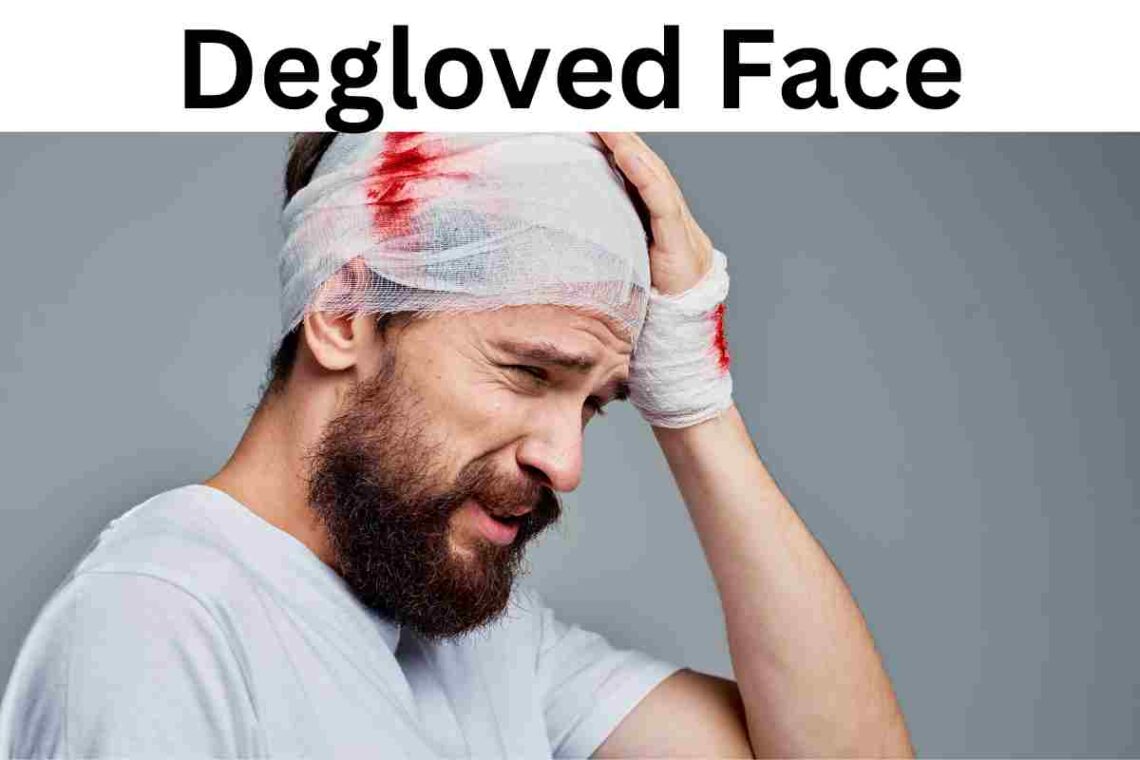Introduction
When it comes to traumatic injuries, few are as distressing as a degloved face. This article explores what a degloved look is, its causes, treatment options, and recovery processes. We’ll also discuss preventive measures and provide answers to frequently asked questions.
What Is a Degloved Face?
A degloved face is an injury where the skin and underlying tissue are forcefully separated from the underlying muscles and bones. The result is a highly traumatic, often life-threatening condition.
Causes of Degloved Face Injuries
Degloved face injuries typically occur due to severe accidents, such as car crashes, industrial accidents, or falls from significant heights. High-impact trauma is the most common cause.
Types of Degloved Face Injuries
Complete Degloving
In a complete degloving injury, the entire facial skin is detached from the underlying structures, resulting in a total loss of skin integrity.
Partial Degloving
Partial degloving injuries involve the detachment of only a portion of the facial skin.
Immediate First Aid for Degloved Face Injuries
If you encounter a degloving injury, it is crucial to keep the victim calm, control any bleeding, and preserve the detached skin by placing it in a clean, moist cloth or plastic wrap.
Medical Evaluation and Diagnosis
Once the injured person receives immediate care, a medical evaluation is required to assess the extent of the damage. This evaluation involves imaging and diagnostic tests.
Surgical Interventions
Skin Grafts
Skin grafts involve transplanting healthy skin from one part of the body to the degloved area.
Microsurgery
Microsurgery is employed to reattach tiny blood vessels and nerves to restore blood flow and sensation.
Reconstructive Surgery
Reconstructive surgery aims to restore facial features and function.
Post-Surgery Recovery and Rehabilitation
Physical Therapy
Recovering from a degloved faces injury often requires physical therapy to regain muscle strength and mobility.
Emotional Support
Emotional support is crucial during the recovery process, as the psychological impact of such an injury can be severe.
Complications and Long-Term Effects
Complications may include scarring, infection, and long-term sensory issues. It is essential to monitor and manage these risks.
Prevention of Degloved Face Injuries
Preventing degloved faces injuries involves safety measures in various environments, such as wearing protective gear, seatbelts, and helmets.
Conclusion
A degloved face injury is a traumatic event with significant physical and emotional implications. Quick and appropriate medical care is vital for recovery. With the proper treatment and support, individuals can regain their quality of life.
Frequently Asked Questions
- What is the primary cause of degloved faces injuries?
- How is a degloved faces injury diagnosed?
- What are the surgical options for treating degloved faces injuries?
- Can a person fully recover from a degloved faces injury?
- What are the long-term effects of such injuries?





